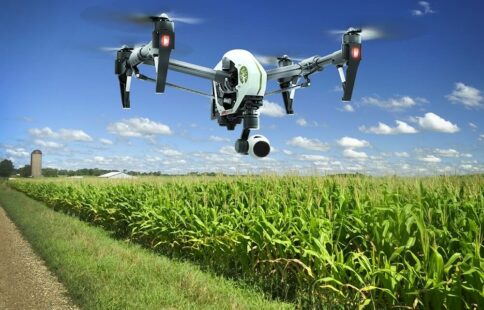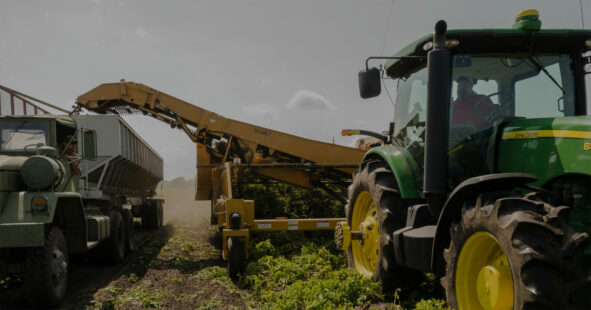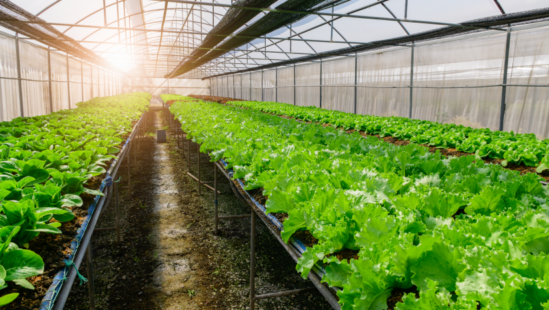
HIGH TECHNOLOGY OPPORTUNITIES IN URBAN AUSTRALIA
High-tech horticulture is being used in metropolitan locations around the world for a variety of reasons, including economic development. Community involvement and environmental advantages are two things that come to mind when thinking about this project. Vertical farm systems, container farms, and other similar systems are now being witnessed on a global scale. According to latest statistics, Australia has lagged behind the rest of the world. Thus, the nation needs to pursue high-tech horticulture for a variety of reasons. High initial capital investment, for example, is a hurdle. Nevertheless, there is a rising curiosity in how high-tech horticulture works.
OVERVIEW
Urban agriculture is sometimes overlooked in urban planning and laws. Despite requests to incorporate farming into urban design, food production has been pushed to the perimeter of cities and rural regions. This is notably obvious in Australia, where peri-urban residential expansion has resulted in market gardens being relocated to more rural areas. High Technology Urban Horticulture, also recognised as, HTUH is not integrated into development projects or planning procedures in Australia (particularly conventional Local Environmental Plans).
LACK OF INSTITUTIONAL SUPPORT
In Australia, there is far too little institutional support for HTUH. Examples from Paris, Shanghai, Singapore, and Amsterdam show how an HTUH sector may be fostered and managed on a global scale.
Some of the lessons learnt from the international models are:
Developing HTUH-related policy objectives
Public-private partnerships between universities, government agencies, and private businesses to support the establishment of an HTUH ‘ecosystem’ of start-ups and businesses capable of developing innovative technologies and services.
Grants and financial assistance to new and established enterprises to help them overcome the barriers of initial investments, and opportunities improve their equipment and systems.
Using competitive calls for ideas to make it easier to get physical space to farm.
While Australia lacks the institutional backing for HTUH which other international cities have, progress has been made in integrating green spaces into urban policies and strategies. Here, green areas are emphasised in the design framework for New South Wales. The framework lays out a roadmap and potential approach for incorporating HTUH into urban planning.
WHAT IS THE SOLUTION?
To pay the massive startup and operating costs of HTUH business models, a premium price for the product must be set
In Australia and abroad, operators have concentrated on:
Developing relationship-based markets where supply is direct to customers, food service sector and independent grocers in their immediate area
Consumer marketing which promotes HTUH produce as local, sustainable, high quality and nutritious
Supply chain integration to reduce post-harvest costs (establishment of HTUH within agri-food precincts such as the Aerotropolis proposed in Western Sydney will facilitate supply
chain integration further)
Development of pre-packaged ‘convenience’ food such as ready-made salads.
Although there are challenges that limit the expansion of HTUH in Australia currently, there are emerging trends that provide opportunities for the rapid spread of HTUH.

Grains and fertiliser producers are expected to post a strong performance in 2021, while wool producers will struggle. Following severe drought conditions over much of the prior three-year period, greater rainfall levels in key growing areas have improved crop yields. The expected level of output in 2020-21 is a near-record, second only to the highs […]
Read More →
Fortunately for the agricultural sector, the Australian agriculture worker visa, also known as the ag visa, is a step closer to fruition, after the Federal Government amended the migration regulations. It has enabled it to be operationalized with a supporting program administered by the Department of Foreign Affairs and Trade. The minister for agriculture and […]
Read More →
WHAT IS ORGANIC FARMING? Organic farming, an agricultural system that uses ecologically based pest controls and biological fertilizers derived largely from animal and plant wastes and nitrogen-fixing cover crops. Modern organic farming was developed as a response to the environmental harm caused by the use of chemical pesticides and synthetic fertilizers in conventional agriculture, and […]
Read More →